1. Madison, Wisconsin
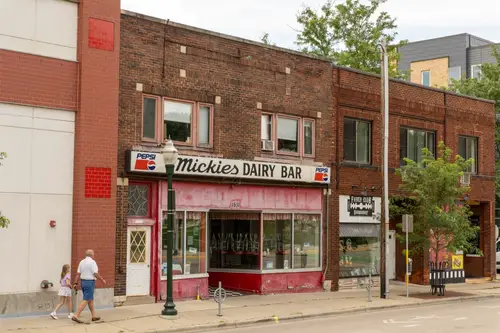
With its progressive politics, bike lanes, and obsession with live music and craft beer, Madison has made a credible play for “Austin of the Midwest.” The University of Wisconsin adds a college-town energy and steady population churn. The city’s tech sector is quietly booming, too—Epic Systems and biotech startups helped put it on the innovation map. Leaders leaned into quality of life as their main pitch.
But winters are long and brutal, and that’s a deal-breaker for some. Growth has also led to spiking housing costs, especially near the lakefront. The city hasn’t fully cracked the code on keeping creatives from heading to bigger markets. Madison still feels vibrant—but maybe not quite Austin-vibrant.
2. Boise, Idaho
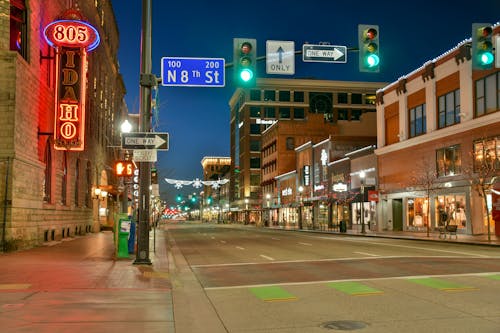
Boise’s tech growth and influx of Californians earned it the “Next Austin” label more than once in the 2010s. With a growing arts district, indie music venues, and a bustling downtown, the city started leaning into the cool-urban vibe. Organizations like Trailhead and Boise Startup Week signaled a concerted effort to replicate Austin’s startup ecosystem. Plus, the city’s outdoor access gave it another Austin-adjacent quality: lifestyle balance.
But that growth came fast—and not always gracefully. Locals started pushing back against the cultural shift, worried Boise was losing its small-town charm. Rent prices soared, and longtime residents expressed fatigue with the city’s sudden transformation. It’s now caught between its past identity and what newcomers want it to be.
3. Athens, Georgia
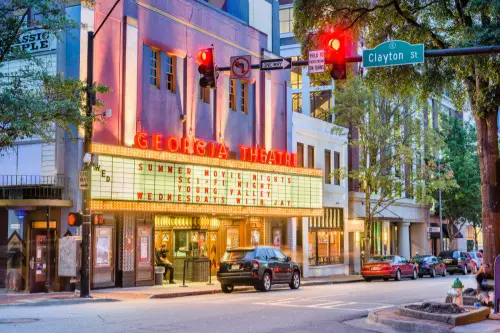
Athens already had the musical bona fides: R.E.M., The B-52s, and Neutral Milk Hotel all started here. So when leaders and locals began to position Athens as a smaller, Southern Austin, the idea wasn’t far-fetched. The University of Georgia brings a steady churn of young energy and progressive politics. Add to that a revitalized downtown with live music every night and affordable(ish) housing—at least for now.
Still, Athens hasn’t quite broken through nationally the way it hoped. For every new brewery, there’s a shuttered venue trying to hang on. The economic boom that some expected hasn’t fully materialized, especially outside of the music and college spheres. Athens remains vibrant, but its ambitions outpaced its infrastructure.
4. Denton, Texas
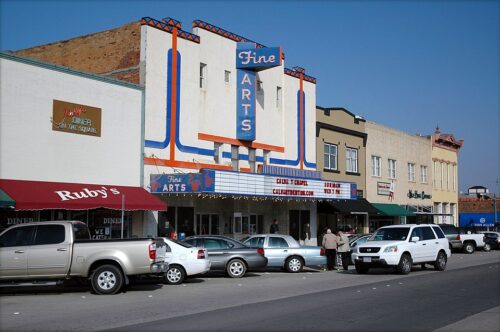
Denton is often described as Austin’s baby cousin—with a music scene rooted in the University of North Texas and a DIY culture that thrives in house shows and backyard zines. City leaders encouraged comparisons, hoping the town could evolve into a creative alternative to Dallas or Fort Worth. The downtown square was revitalized, and new businesses with an indie flair moved in. Add to that low overhead costs, and it looked like a creative entrepreneur’s dream.
But Denton’s growth has been slower than expected. It never became a national destination, and the scene remains mostly student-driven. Efforts to build a startup ecosystem haven’t fully landed, either. Still, residents like it that way—quirky, tight-knit, and under the radar.
5. Fayetteville, Arkansas

When Walmart poured money into nearby Bentonville’s transformation, Fayetteville rode the cultural coattails. The town leaned into its artsy roots, bike culture, and outdoor lifestyle—complete with music festivals and co-working spaces. It drew in Austin comparisons by pitching itself as a progressive enclave in a red state. The University of Arkansas helped foster a pipeline of young creatives and tech talent.
But Fayetteville’s growth is uneven. While downtown is bustling, many neighborhoods struggle with underinvestment. The hype hasn’t brought the kind of broad-based economic lift that boosters promised. It’s vibrant, yes—but still figuring out what kind of “next Austin” it really wants to be.
6. Marfa, Texas
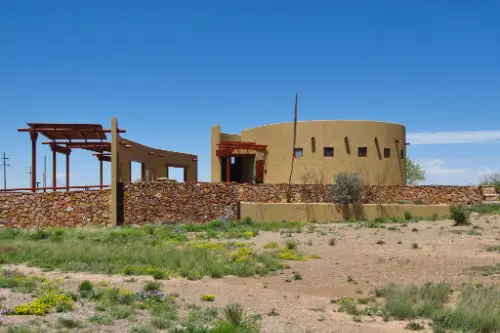
Marfa went from remote ranch town to minimalist art mecca, thanks to Donald Judd and a steady stream of New York transplants. For a while, it seemed like every design magazine called it the “Austin of the desert.” Art galleries, boutique hotels, and food trucks sprouted like wildflowers, attracting a surprising number of creatives for a town with fewer than 2,000 people. The myth of Marfa became almost larger than the place itself.
But the reality is more complex. Marfa lacks the infrastructure to handle the tourism and attention—it’s hours from any major airport. Locals are deeply split about the influx of outsiders, and housing has become a flashpoint. It remains culturally rich, but the hype feels like it’s started to outrun the town’s capacity.
7. Missoula, Montana
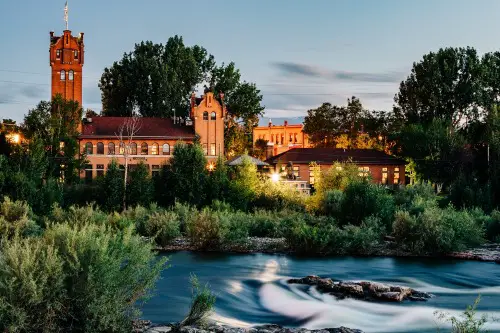
Missoula leaned into its indie identity and liberal politics in a sea of conservative towns, drawing Austin parallels almost by default. With the University of Montana and a strong local music scene, the city seemed poised for a cultural boom. Outdoor lifestyle? Check. Beer and bands? Double check.
But Missoula’s boom came with a wave of growing pains. Locals watched housing prices surge as out-of-staters flooded in. The city’s job market couldn’t quite keep pace, leaving some newcomers disillusioned. It’s still a creative hub, but the dream of becoming “the next Austin” feels a little weathered.
8. Richmond, Virginia
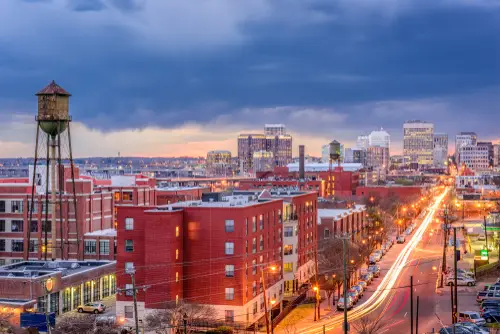
Richmond’s mix of gritty charm, creative talent, and thriving food scene made it an early contender for the Austin comparison. A wave of young people from D.C. and NYC brought energy and investment. Music festivals like the Richmond Folk Festival and a thriving mural culture gave the city fresh momentum. Leaders started marketing it as a Southern city that wasn’t stuck in the past.
The result? A renaissance that’s real—but not without friction. Longtime residents worry about gentrification and loss of local identity. The comparison to Austin helped put Richmond on the map, but now the city is asking: what’s uniquely Richmond?
9. Asheville, North Carolina
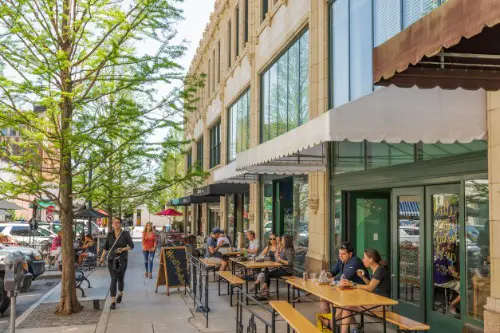
Asheville has long courted comparisons to Austin with its thriving music scene, liberal vibes, and emphasis on all things local. It’s got buskers on the streets, beer in every direction, and a creative class that’s reshaping downtown. City boosters have leaned into the “Keep Asheville Weird” slogan, a clear nod to Austin’s original weirdness campaign. It’s become a magnet for remote workers and hip retirees alike.
But Asheville’s rapid popularity has fueled major affordability issues. Locals complain about housing prices pushing workers out to nearby towns like Weaverville or Black Mountain. The city’s infrastructure hasn’t kept pace, and traffic congestion is rising. What was once a hidden gem now feels a little overcrowded—and not everyone is thrilled.
10. Tucson, Arizona
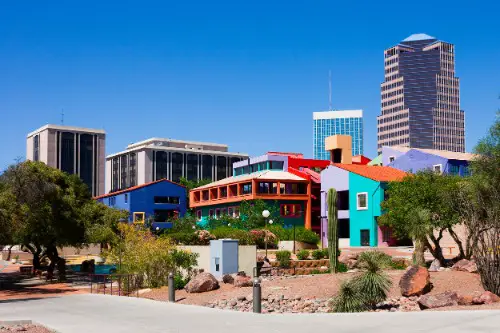
Tucson’s quirky, desert-hipster vibe earned it serious Austin comparisons throughout the 2010s. It doubled down with food festivals, street art projects, and a big push for bikeability. The University of Arizona added a constant stream of youthful energy. And the tech scene? Growing, especially with spinoffs from Phoenix and Silicon Valley.
But the city hasn’t fully shaken off its challenges. Infrastructure lags behind, and poverty rates remain stubbornly high. Some transplants complain the cultural scene is more surface-level than they expected. Tucson is cool, yes—but maybe still a few years away from breakout status.
11. Providence, Rhode Island
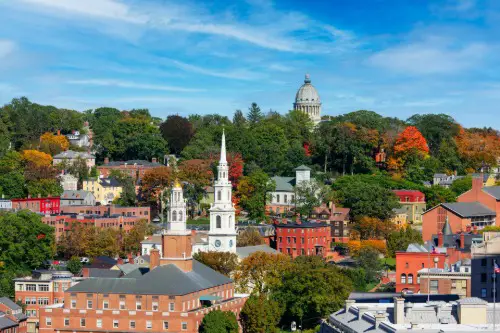
Providence made a play for “Next Austin” status by emphasizing its arts scene and academic brainpower. With RISD and Brown feeding creative and intellectual talent into the city, the pipeline seemed perfect. It fostered a growing startup community and tried to brand itself as the creative capital of the Northeast. A revitalized waterfront added to the allure.
But Providence struggled to convert attention into lasting economic transformation. Affordability is an issue, and jobs outside of academia are still relatively scarce. The city has character, no doubt—but the Austin comparison set expectations high. For now, Providence feels more like a very cool cousin than the next big thing.
12. Louisville, Kentucky
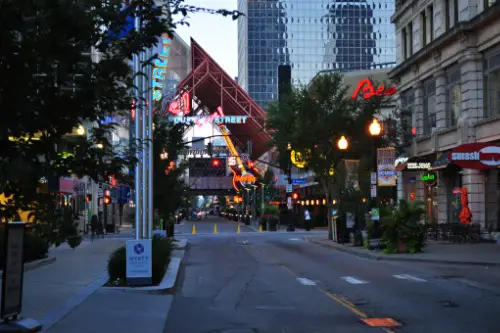
Louisville has leaned heavily into its indie music scene, growing food culture, and annual festivals to brand itself as a creative Southern outlier. Mayor Greg Fischer even called it “Austin before Austin” in interviews. The city hosted tech and innovation events and built co-working hubs to attract remote workers. With bourbon tourism booming, the downtown saw a major facelift.
But like many “next Austin” hopefuls, Louisville hit growing pains. Public transit remains underdeveloped, and some of the momentum fizzled post-pandemic. Gentrification has sparked backlash in historically Black neighborhoods. The vibe is still fun—but the hype has cooled.
13. Bellingham, Washington
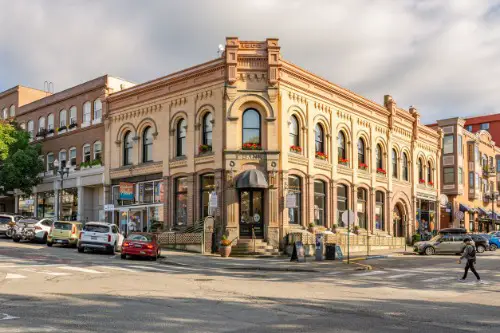
Bellingham’s artsy culture, proximity to Seattle, and natural beauty gave it the kind of lifestyle cred that invited Austin comparisons. Locals embraced music festivals, outdoor markets, and a laid-back ethos. Western Washington University brought intellectual capital and creative ambition. It felt like the next logical “cool small city” on the rise.
But housing costs have skyrocketed, and income inequality is rising. It’s still beloved by many who live there—but the influx of newcomers has changed its vibe. Some creatives are already priced out, echoing Austin’s own trajectory. The city now sits at a crossroads between charm and sprawl.
14. Reno, Nevada
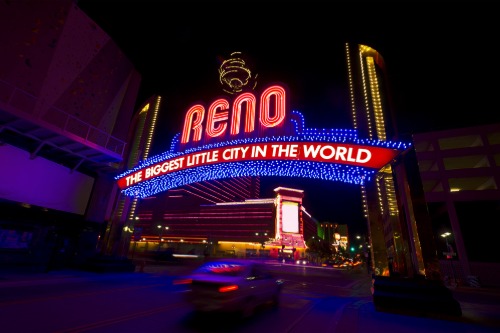
Reno’s downtown revival and proximity to Lake Tahoe made it a surprise entry in the “Next Austin” sweepstakes. The city worked hard to rebrand from “Biggest Little City” to a creative-tech hub. Tesla’s Gigafactory helped lure in a new class of workers. Murals, craft breweries, and music events gave it cultural clout.
But the transformation is far from complete. Many neighborhoods are still in recovery from decades of underinvestment. And despite the hype, Reno’s creative scene remains relatively small and fragile. It has potential—but the Austin comparison might have been premature.
15. Chattanooga, Tennessee
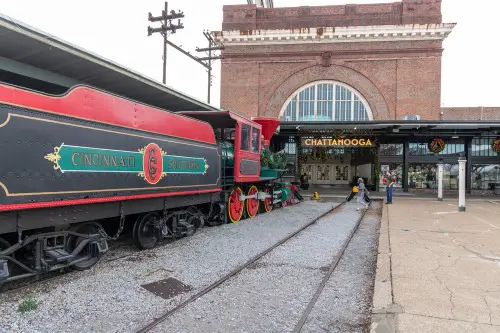
Chattanooga was an early adopter of municipal gigabit internet, positioning itself as a “startup city” before it was trendy. The promise? A smaller, more affordable Austin with outdoor adventure built in. Its revitalized riverfront, bustling innovation district, and growing arts scene supported the pitch. For a while, it seemed like a smart city revolution was underway.
But the challenges came fast, too. Economic benefits haven’t been evenly distributed, and Black communities have been disproportionately displaced. Critics argue the hype served outsiders more than locals. The city is still evolving—but the cracks are showing.
16. Lawrence, Kansas
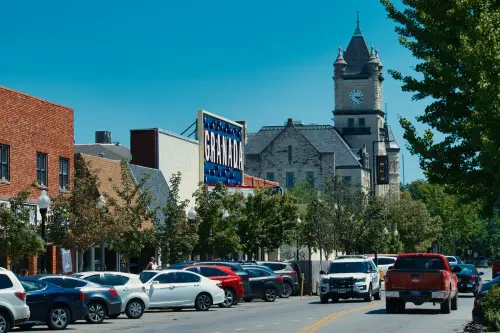
Lawrence quietly built a reputation as a Midwestern music mecca, with acts like Mates of State and The Get Up Kids calling it home. Its quirky culture, anchored by the University of Kansas, gave it a left-of-center identity in a conservative state. The local government made moves to attract creatives and remote workers, aiming for a mini-Austin model. Affordable housing and walkability helped sweeten the deal.
But national attention has been elusive. The scene remains vibrant, but mostly insular. Without major economic drivers, Lawrence has stayed more of a regional gem than a breakout star. And maybe that’s just how locals like it.
This post 16 American Towns Marketing Themselves as “Next Austin” — And What Happens After the Hype was first published on American Charm.


